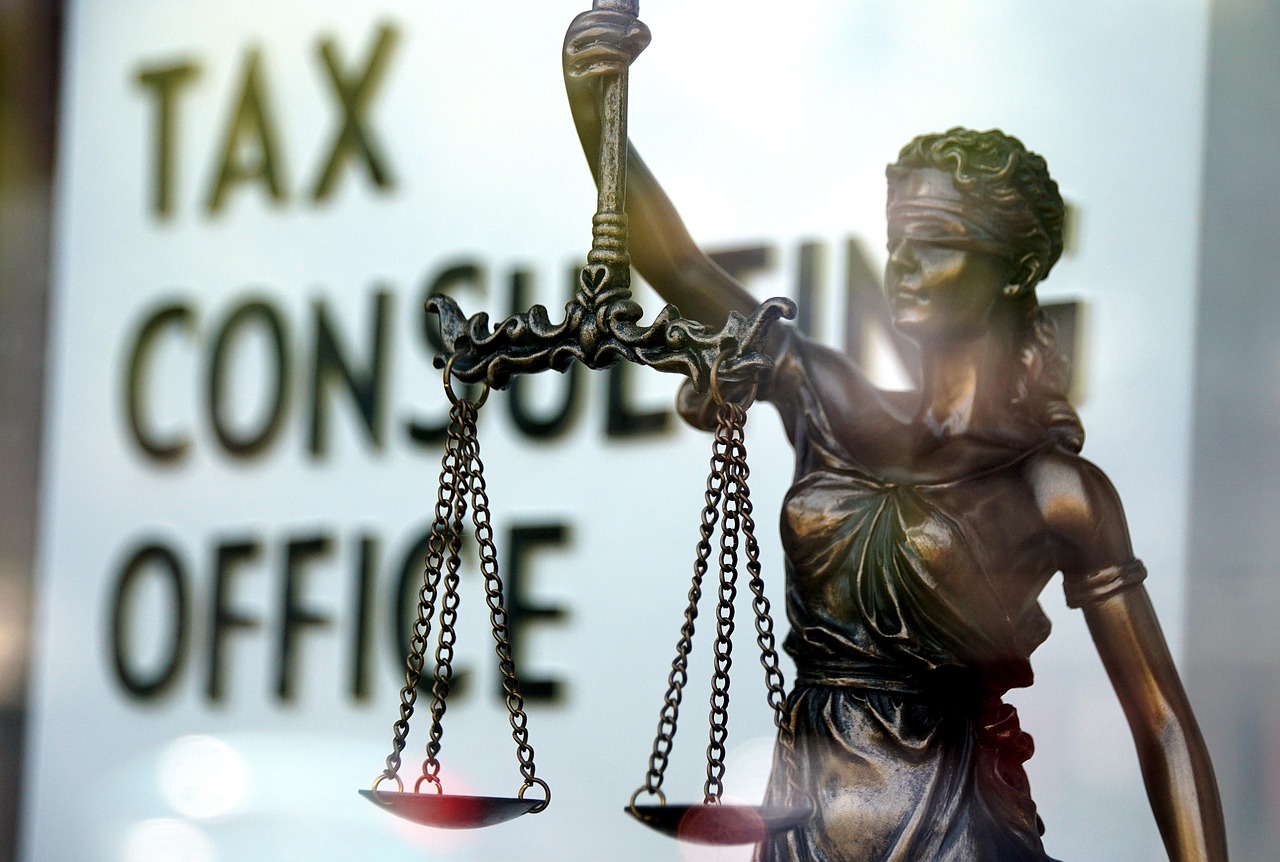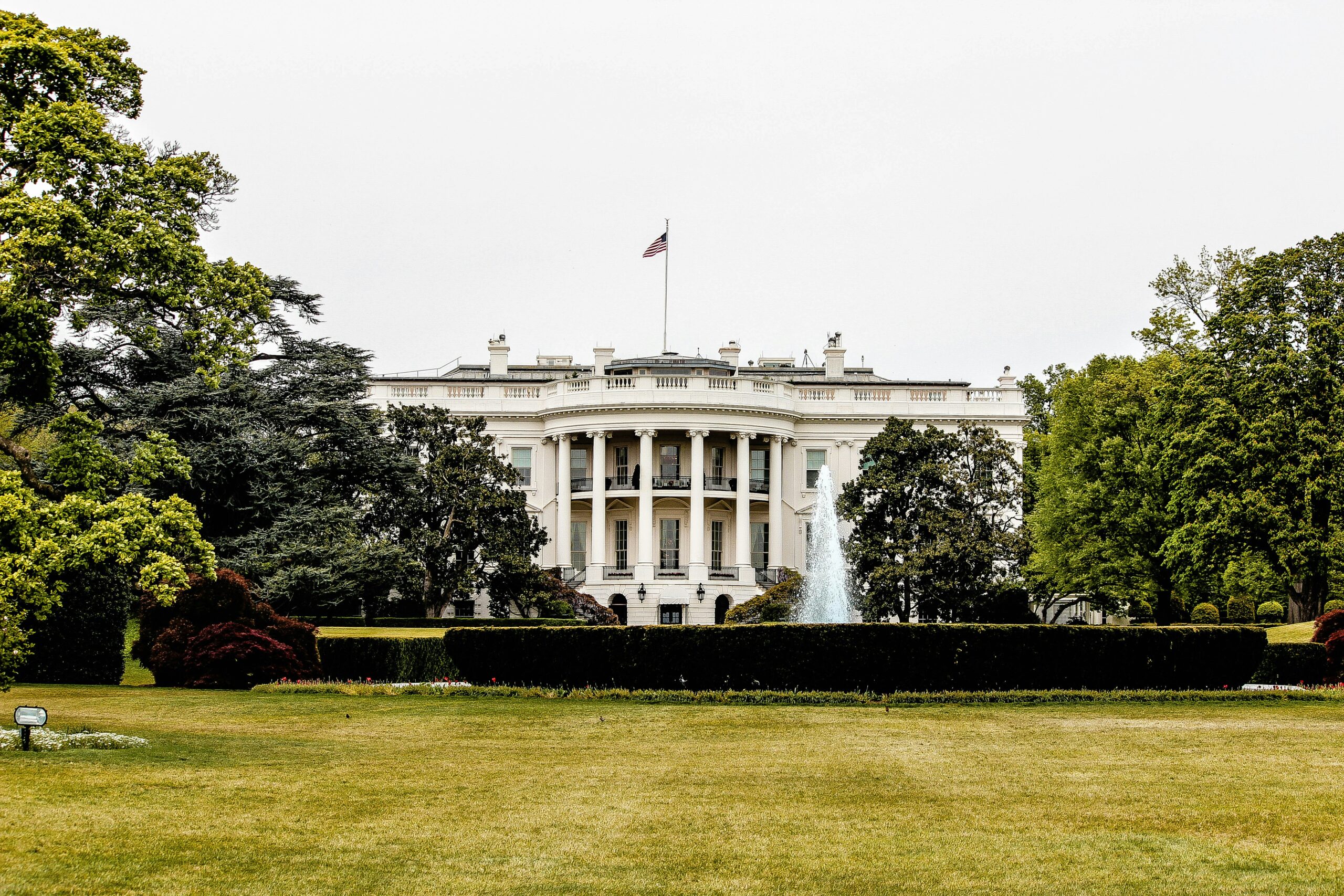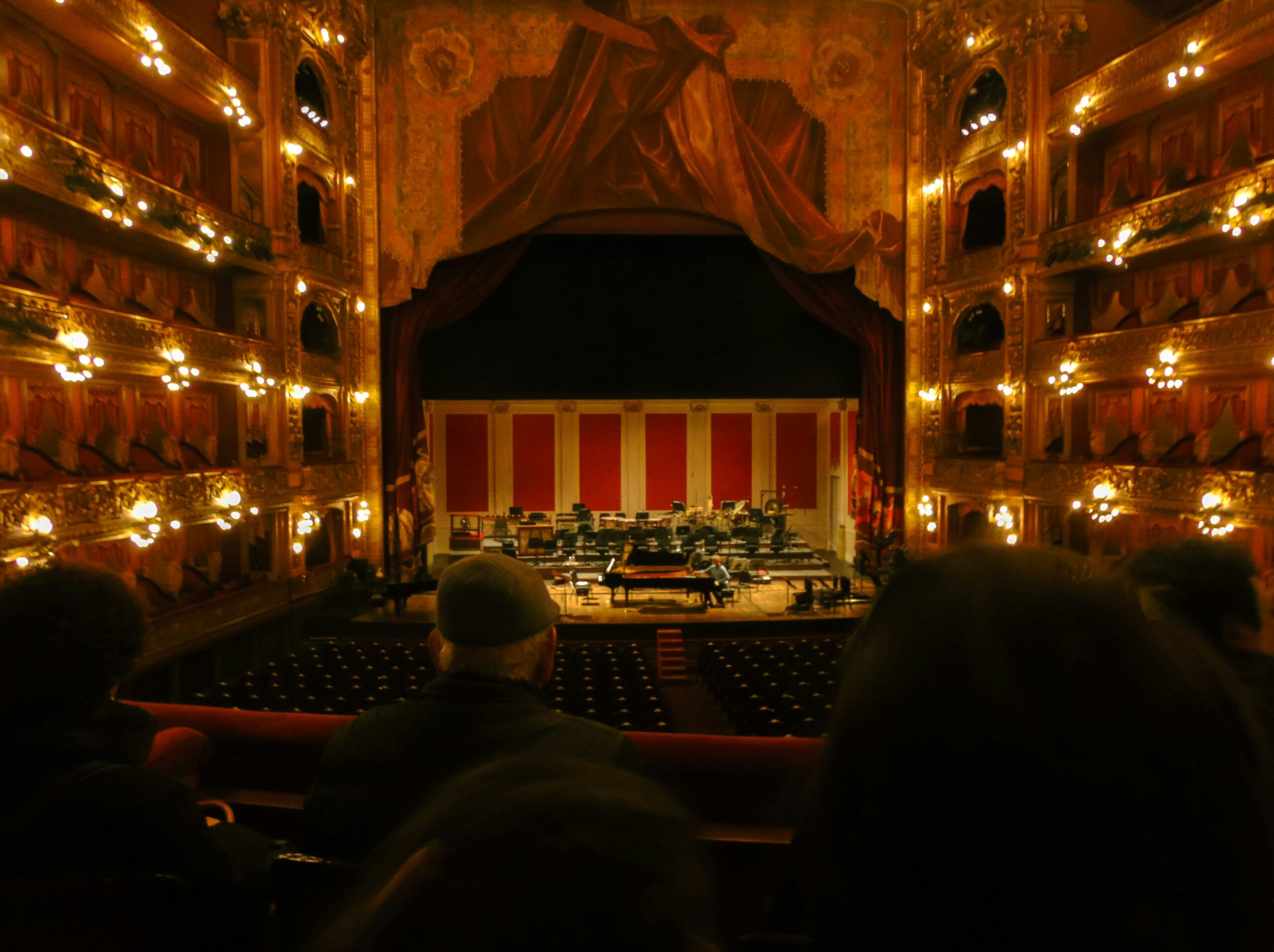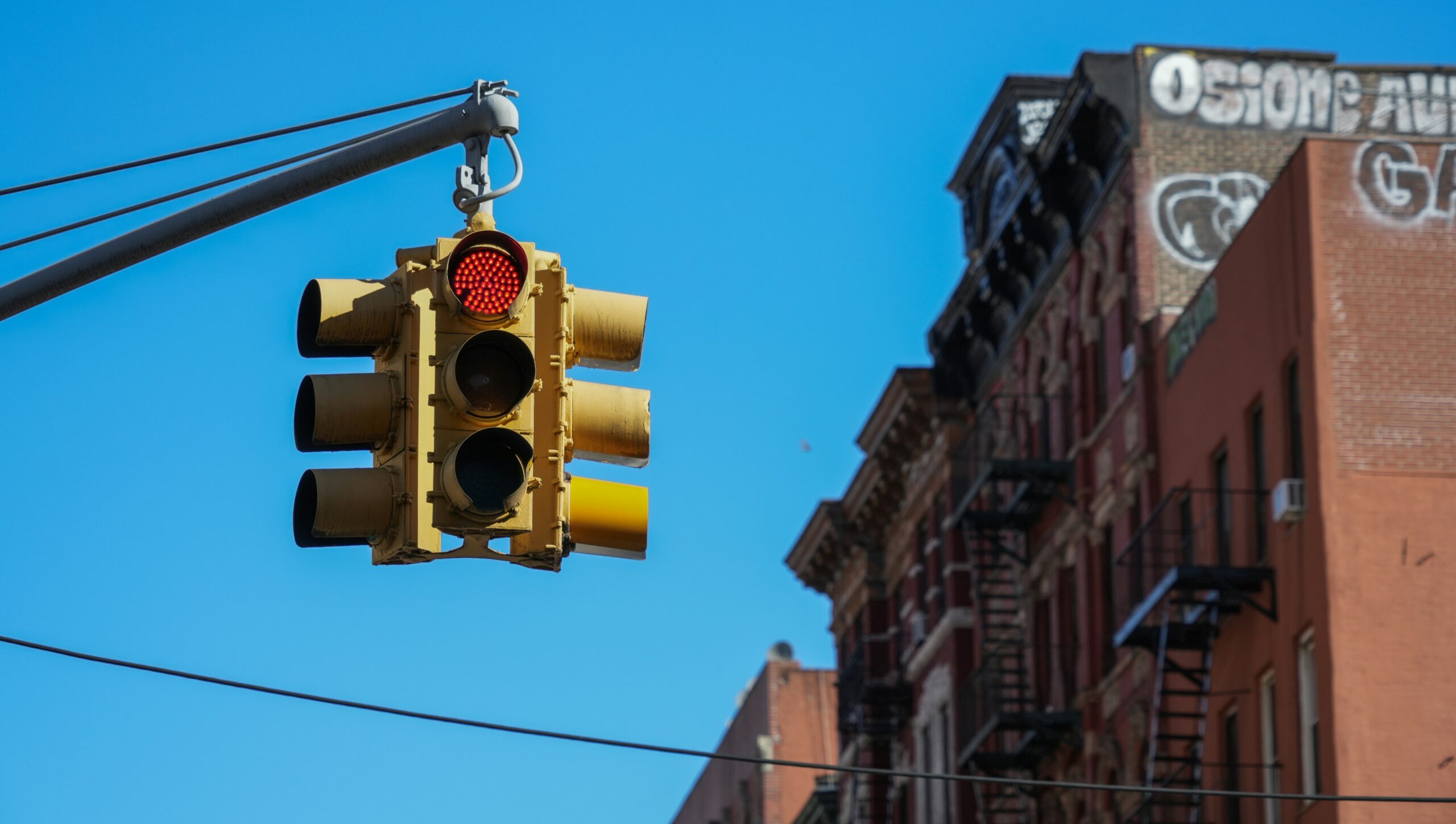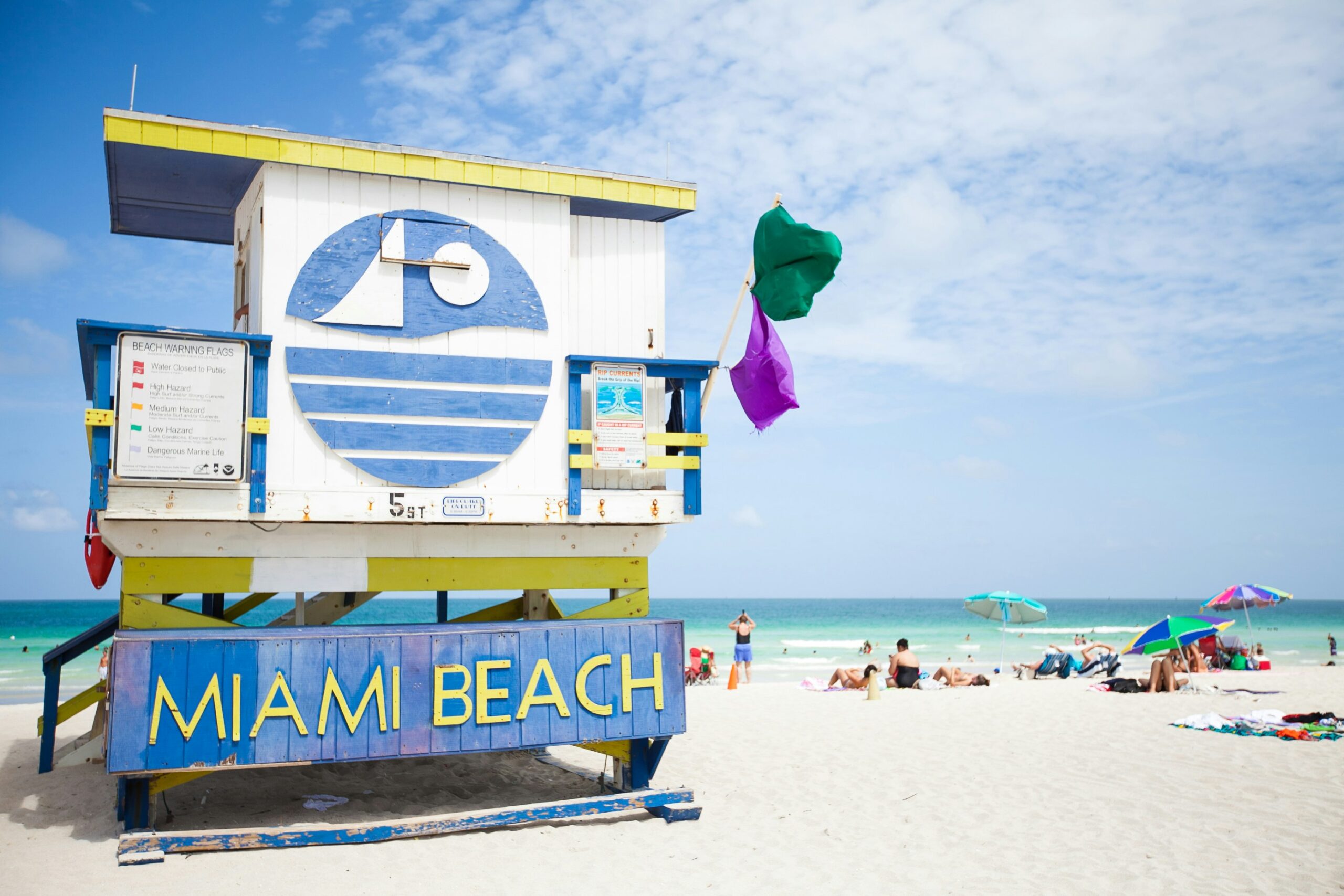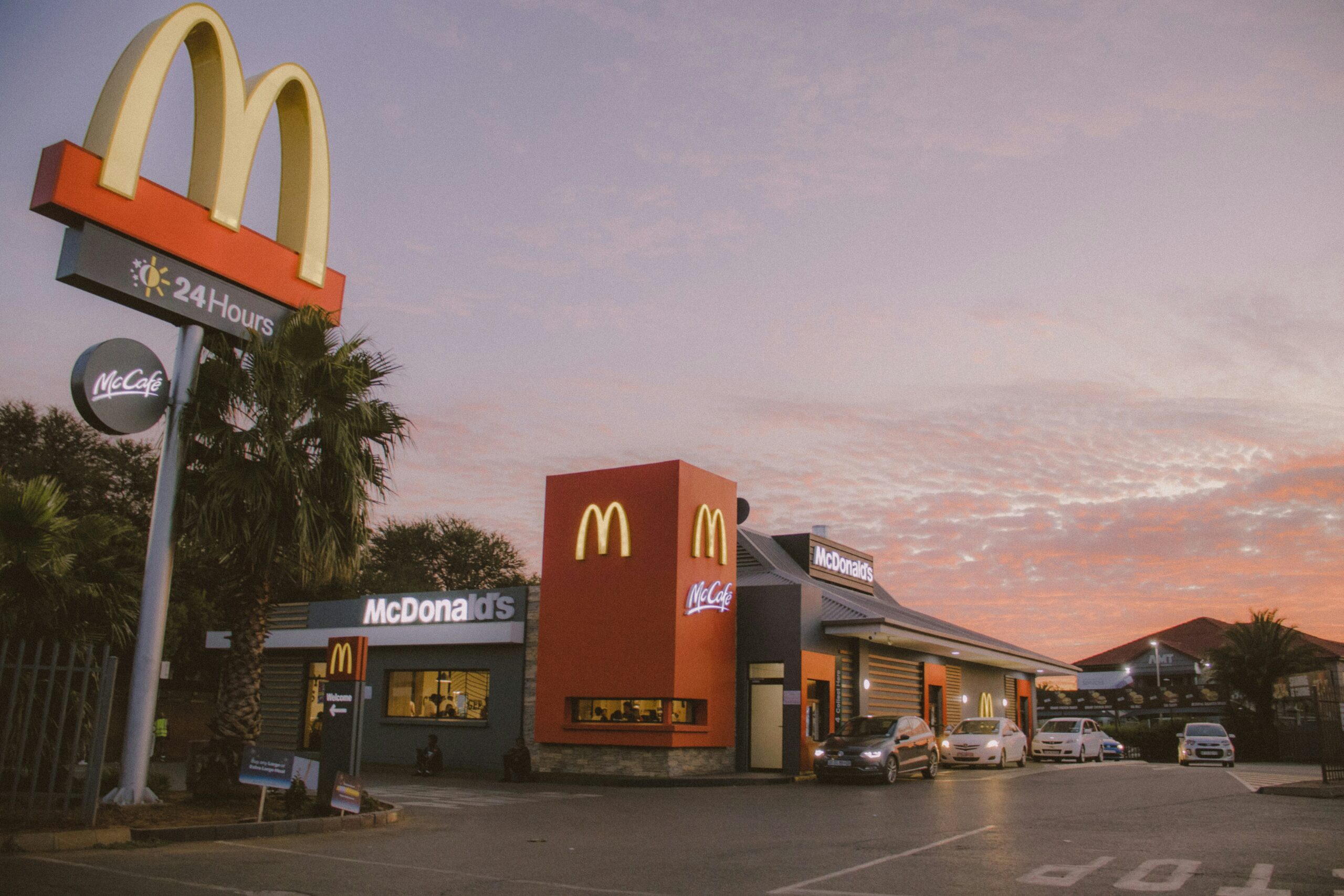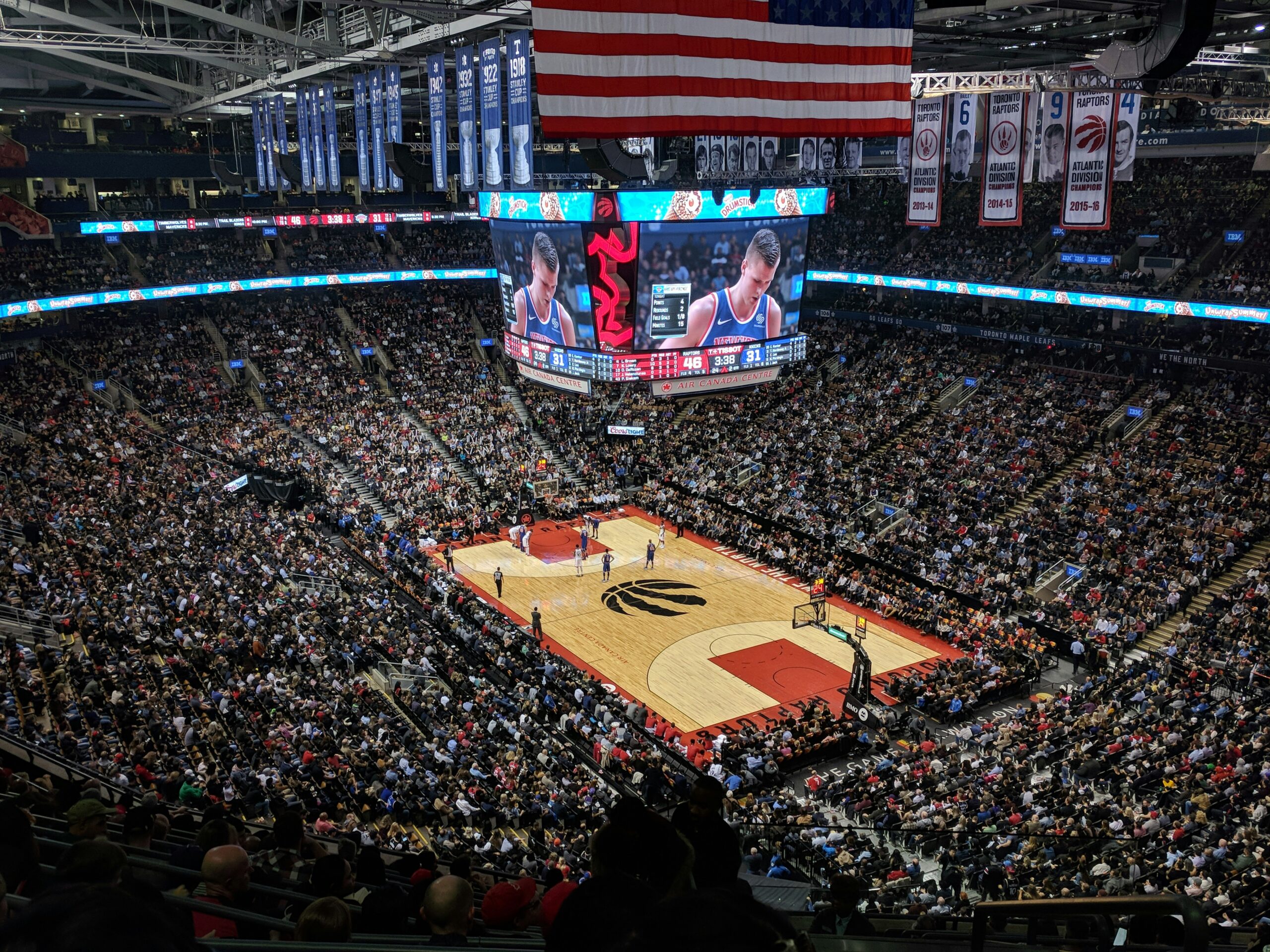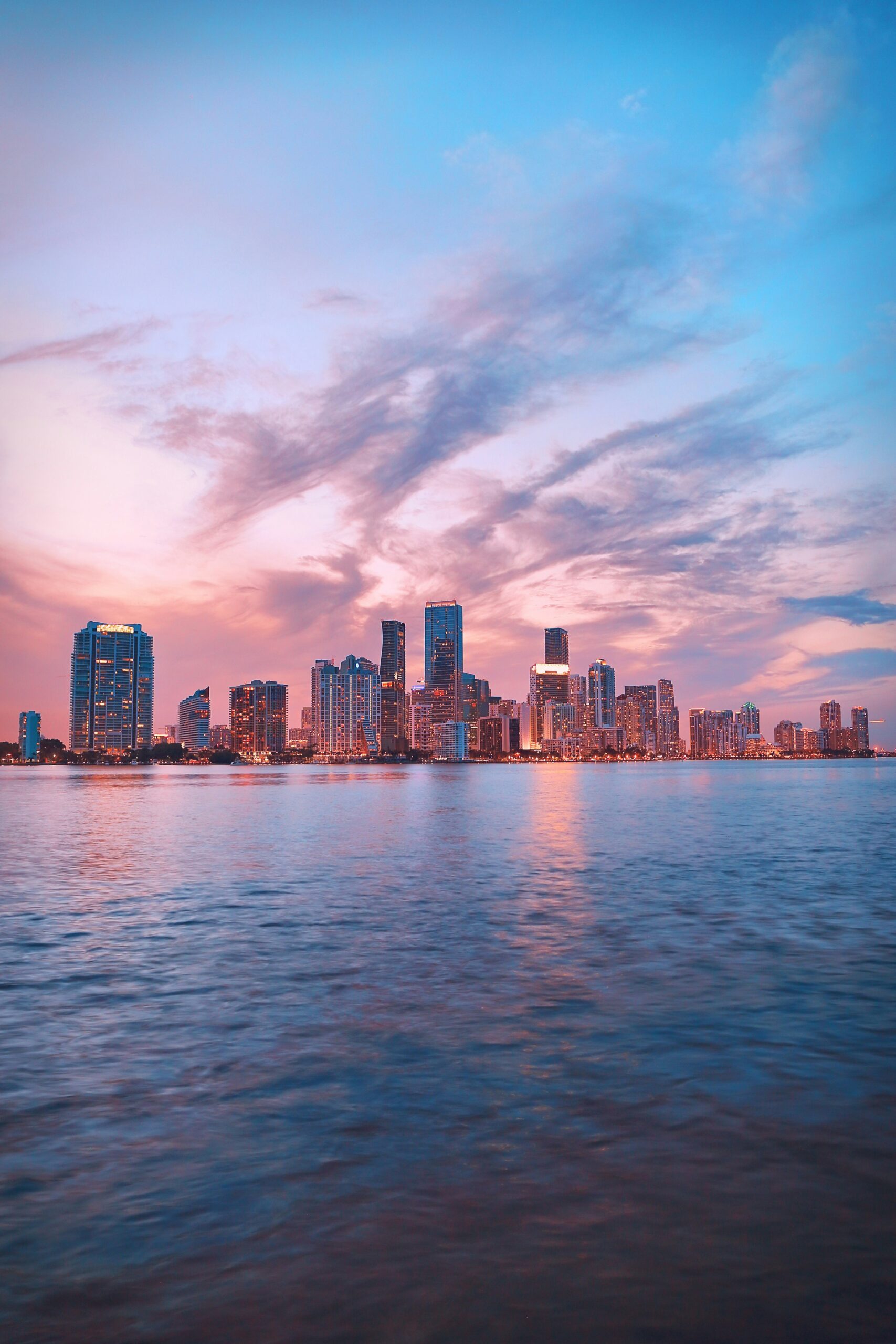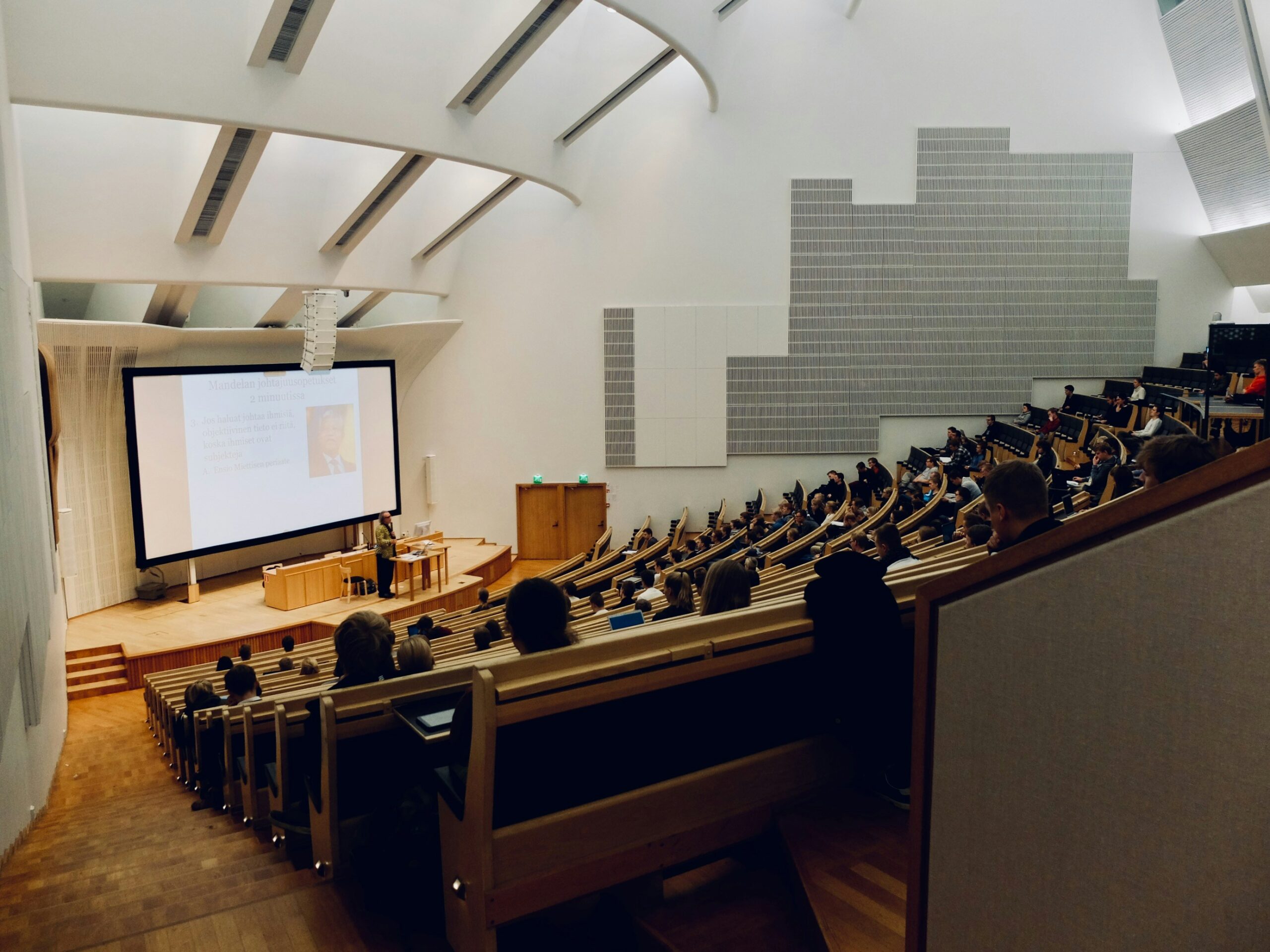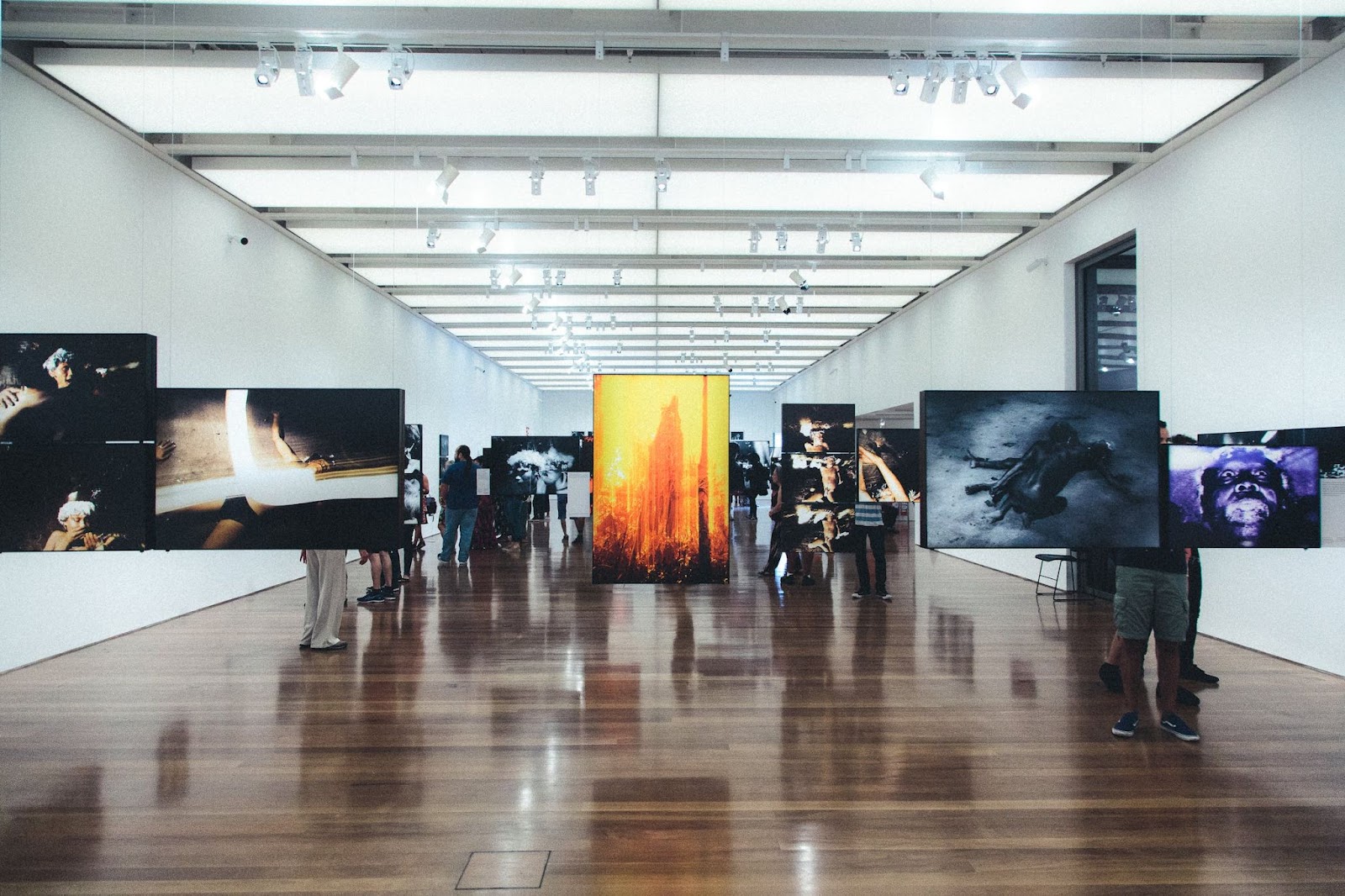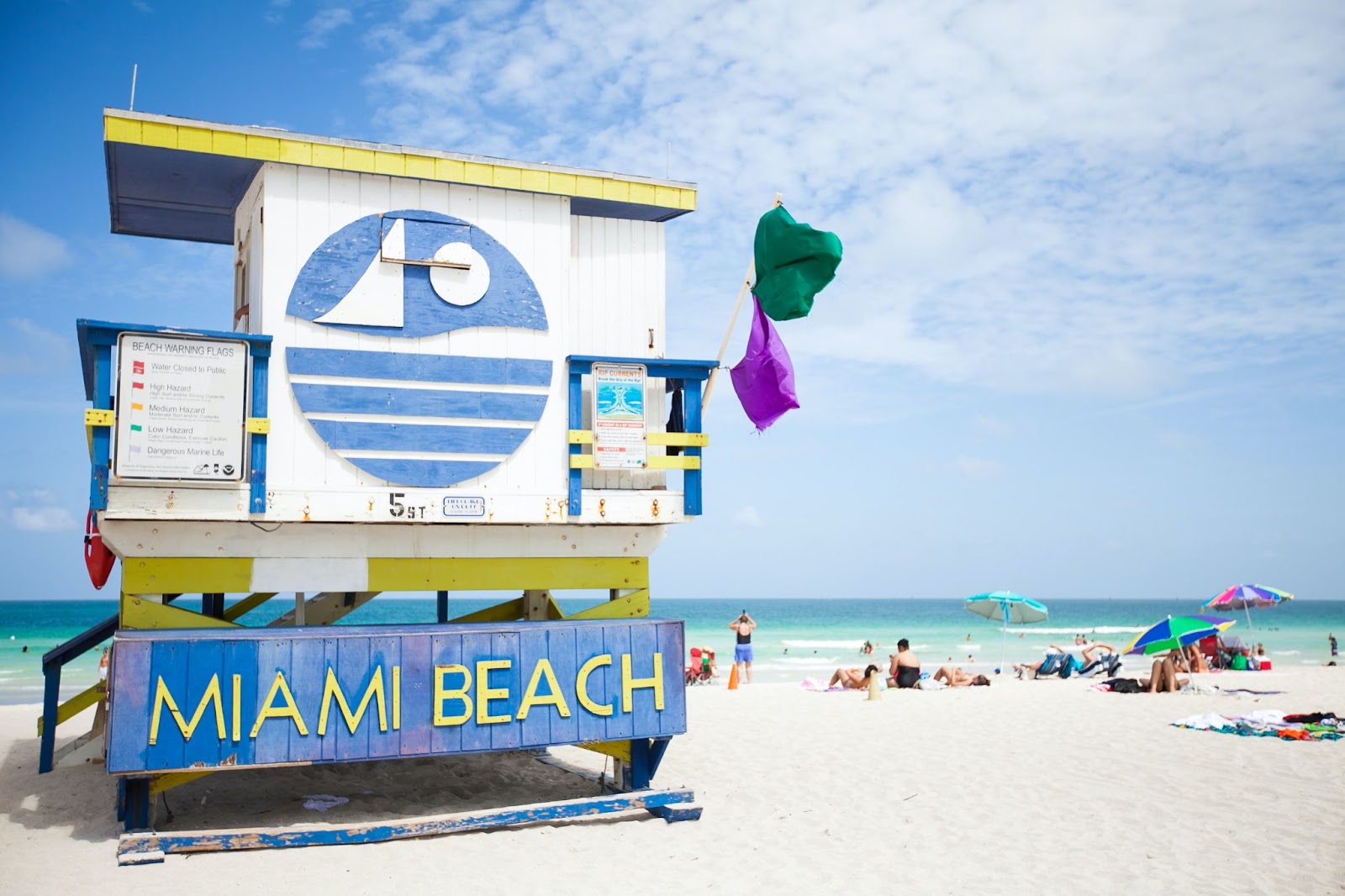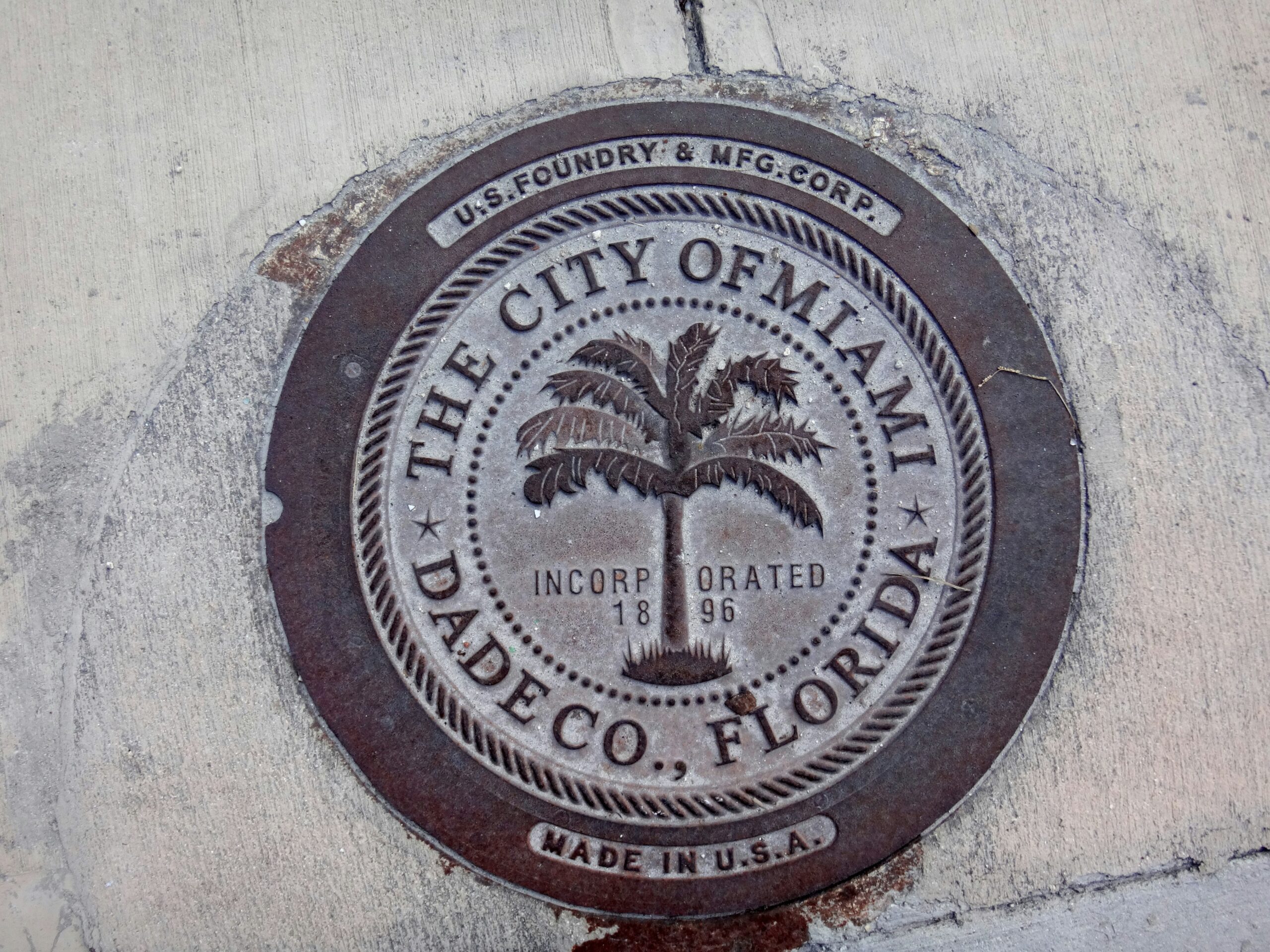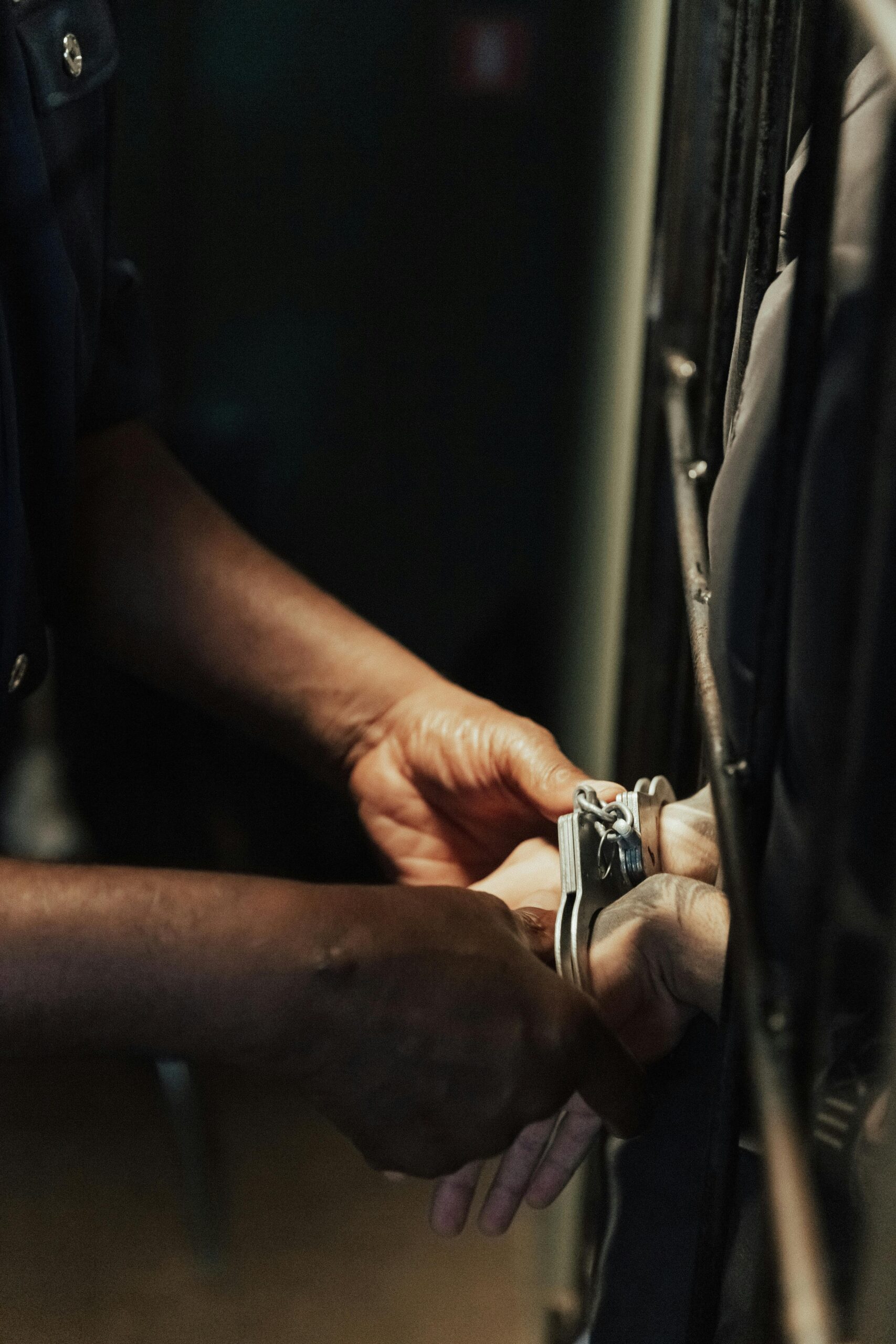Image credit: Unsplash
Ancient artifacts discovered at a construction site in Miami have sparked a debate over whether to preserve the site or continue with development plans. The site, located at 444 Brickell Avenue, is set to be the location of a new luxury high-rise residential building, the Baccarat. However, during the construction, archeologists found significant artifacts that date back thousands of years. Bone artifacts, pumice, lithic weight, and pottery shards are among the significant findings. Initial evaluation has the items belonging to the Tequesta, a Native American tribe that once occupied the area, and archeologists believe they could help contribute to our knowledge of this group.
The discoveries have sparked a debate between preservationists and developers. William Pestle, an anthropology professor at the University of Miami, believes the site is significant because it represents the birthplace of Miami. He believes that if we fail to preserve portions of the site and study the artifacts, we will miss the opportunity to understand where we have come from as a city and a people. Meanwhile, Betty Osceola, with the Miccosukee Tribe, argues that the site is a marked grave, and it is important to respect the remains of the Tequesta and leave the site untouched.
The project’s developer, Jorge Perez, has spent millions of dollars to bring in archeologists and equipment to preserve the artifacts. Perez and his supporters argue that moving forward with the development will provide jobs, a larger tax base, and growth for Miami. The Related Group, the developer for the lot, plans to build three towers of up to 82 stories and a bay walk on the property, including Baccarat Residences. The towers will have a total of 1,400 residential units, along with office, hotel, and retail space.
The Related Group has released a statement requesting that the Historic and Environmental Preservation Board delay any steps toward historical designation until after archeological work at the site is complete. The group claims to have invested tens of millions of dollars over the last two years to ensure the archaeological integrity of the project, and they want to make sure all findings are properly excavated, documented, and cataloged before any additional designations or restrictions are put in place.

The property sits just west of the Miami Circle, another prehistoric site discovered in 1998. The Miami Circle is believed to be the location of a structure built by the Tequesta and was purchased by the state of Florida and Miami-Dade County and later declared a national historic landmark.
The debate over the 444 Brickell Avenue site is an important one that pits the desire for economic growth against the need to preserve our history and cultural heritage. While the Related Group has taken steps to ensure the artifacts are properly preserved, some argue the site should be granted a historical designation to protect it for future generations. It remains to be seen how the Historic and Environmental Preservation Board will rule on this issue, but one thing is clear: the debate is far from over.




